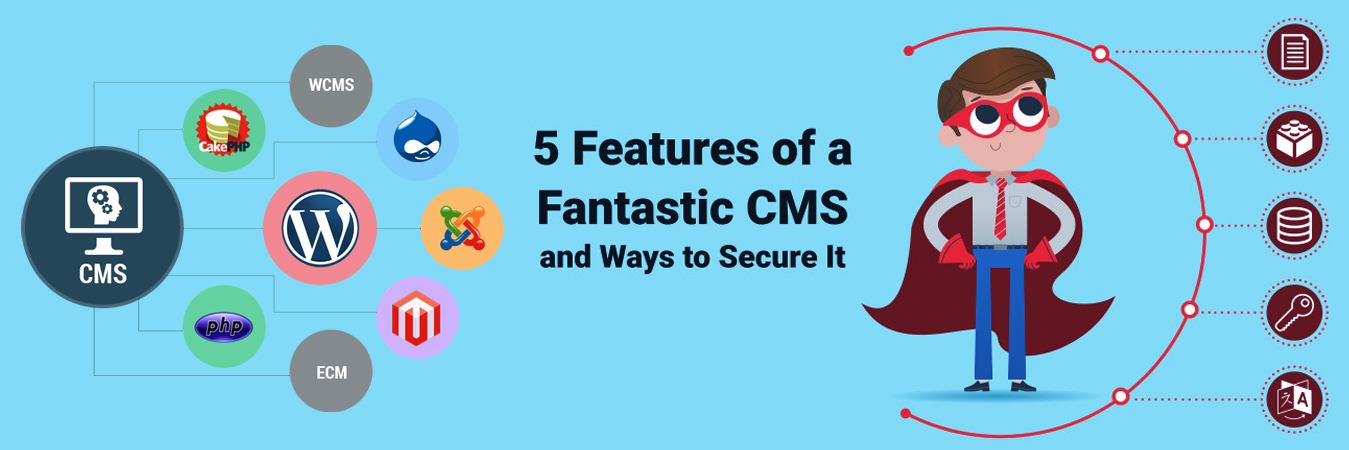
Content Management
Content management (CM) is a set of processes and technologies that supports the collection, managing, and publishing of information in any form or medium. When stored and accessed via computers, this information may be more specifically referred to as digital content, or simply as content. Digital content may take the form of text (such as electronic documents), multimedia files (such as audio or video files), or any other file type that follows a content lifecycle requiring management. The process is complex enough to manage that several large and small commercial software vendors such as Interwoven and Microsoft offer content management software to control and automate significant aspects of the content lifecycle.
Content Management Process
Content management practices and goals vary by mission and by organizational governance structure. News organizations, e-commerce websites, and educational institutions all use content management, but in different ways. This leads to differences in terminology and in the names and number of steps in the process.
For example, some digital content is created by one or more authors. Over time that content may be edited. One or more individuals may provide some editorial oversight, approving the content for publication. Publishing may take many forms: it may be the act of “pushing” content out to others, or simply granting digital access rights to certain content to one or more individuals. Later that content may be superseded by another version of the content and thus retired or removed from use.
Content management is an inherently collaborative process. It often consists of the following basic roles and responsibilities:
- Creator – responsible for creating and editing content.
- Editor – responsible for tuning the content message and the style of delivery, including translation and localization.
- Publisher – responsible for releasing the content for use.
- Administrator – responsible for managing access permissions to folders and files, usually accomplished by assigning access rights to user groups or roles. Admins may also assist and support users in various ways.
- Consumer, viewer or guest – the person who reads or otherwise takes in content after it is published or shared.
A critical aspect of content management is the ability to manage versions of content as it evolves. Authors and editors often need to restore older versions of edited products due to a process failure or an undesirable series of edits.
Another equally important aspect of content management involves the creation, maintenance, and application of review standards. Each member of the content creation and review process has a unique role and set of responsibilities in the development or publication of the content. Each review team member requires clear and concise review standards. These must be maintained on an ongoing basis to ensure the long-term consistency and health of the knowledge base.
A content management system is a set of automated processes that may support the following features:
- Import and creation of documents and multimedia material
- Identification of all key users and their roles
- The ability to assign roles and responsibilities to different instances of content categories or types
- Definition of workflow tasks often coupled with messaging so that content managers are alerted to changes in content
- The ability to track and manage multiple versions of a single instance of content
- The ability to publish the content to a repository to support access
- The ability to personalize content based on a set of rules
Implementation
Content management implementations must be able to manage content distributions and digital rights in content life cycle. Content management systems are usually involved with digital rights management in order to control user access and digital rights. In this step, the read-only structures of digital rights management systems force some limitations on content management, as they do not allow authors to change protected content in their life cycle. Creating new content using managed (protected) content is also an issue that gets protected contents out of management controlling systems.



